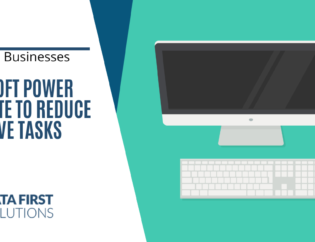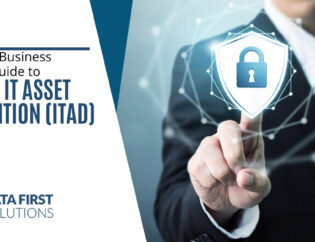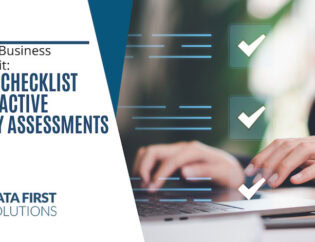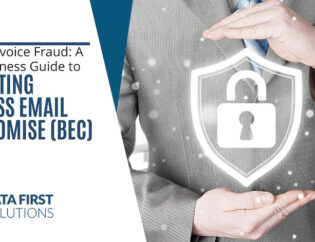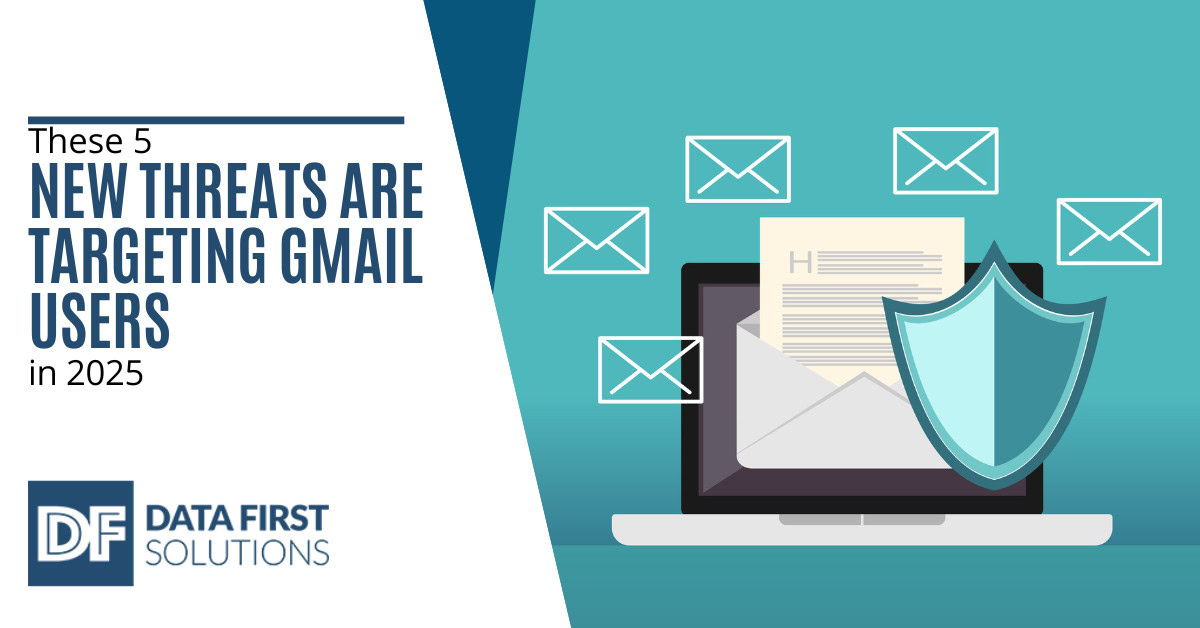
This post will discuss the five new risks that Gmail users are facing this year, how they work, and how to stay safe.
What Are the New Threats Facing Gmail Users?
Cybercriminals’ strategies evolve along with technology. Threats in 2025 are more advanced than in the past and frequently get past established defenses. To protect your Gmail account, you must first understand these new risks.
Deepfake technology, AI-driven tactics, and sophisticated phishing techniques are now being used by cybercriminals to trick users. The goal of these assaults is to compromise accounts or obtain private data without drawing attention to themselves. We’ll examine the top five risks and their effects on Gmail users in the sections that follow.
AI-Powered Phishing Attacks
In 2025, phishing attacks have reached a new level of sophistication thanks to artificial intelligence (AI). Cybercriminals use AI tools to craft highly personalized emails that mimic legitimate communications from trusted sources. These emails often include accurate details about the victim’s activities or relationships, making them difficult to distinguish from genuine messages.
AI-powered phishing emails can bypass traditional spam filters by mimicking natural language patterns and avoiding common red flags. Once a user clicks on a malicious link or downloads an attachment, their account credentials or personal data may be compromised.
Deepfake-Based Social Engineering
Deepfake technology has become a powerful tool for social engineering attacks. Cybercriminals create convincing audio or video messages that appear to come from trusted contacts or organizations. For example, a user might receive a video message from what looks like their boss instructing them to share sensitive information or approve financial transactions.
These deepfake-based scams are particularly dangerous because they exploit trust and are harder to detect than traditional phishing attempts. Gmail users must remain vigilant and verify requests through alternative channels before taking action.
Zero-Day Exploits in Gmail Extensions
Zero-day exploits refer to vulnerabilities in software that are unknown to the vendor and therefore unpatched. In 2025, attackers are increasingly targeting third-party extensions integrated with Gmail. These extensions often lack robust security measures, creating an entry point for hackers. Once an extension is compromised, attackers can gain access to email content, attachments, and even account settings. This type of attack is particularly concerning for businesses that rely on multiple Gmail integrations for productivity.
Ransomware Delivered Through Google Drive Links
Ransomware attacks have evolved to leverage Google Drive links shared via email. Users receive what appears to be a legitimate file-sharing request from a colleague or organization. However, clicking the link downloads ransomware onto the victim’s device. Once activated, ransomware encrypts files and demands payment for their release. Since Google Drive is commonly used for collaboration, these attacks often go unnoticed until it’s too late.
Credential Harvesting Through Fake Login Pages
One of the most effective tactics in 2025 is credential harvesting through fake login pages. Cybercriminals create convincing replicas of Gmail’s login interface and trick users into entering their credentials. These fake pages are often linked through phishing emails or malicious advertisements.
Once credentials are stolen, attackers can access not only the victim’s email but also linked accounts such as Google Drive and Google Pay. This can lead to significant financial losses and data breaches. In the next section, we’ll discuss practical steps you can take to protect yourself against these threats.
How Can You Protect Yourself From These Threats?
Protecting yourself from these evolving threats requires a combination of awareness and proactive measures. Below are some steps you can take to secure your Gmail account.
Enable Two-Factor Authentication (2FA)
Two-factor authentication adds an extra layer of security by requiring a second form of verification in addition to your password. This could be a text message code, an authentication app prompt, or a physical security key. Even if your password is compromised, 2FA makes it significantly harder for attackers to access your account.
Be Cautious With Email Links and Attachments
Always verify the source of any email containing links or attachments before clicking on them. Hover over links to check their destination URL and avoid downloading files from unknown senders. If you’re unsure about an email’s legitimacy, contact the sender directly through another communication channel.
Regularly Update Extensions and Software
Ensure that all third-party extensions integrated with Gmail are regularly updated to patch vulnerabilities. Avoid installing extensions from unverified sources and periodically review your installed extensions for any you no longer use.
Use Advanced Security Features
Take advantage of Gmail’s built-in security features such as spam filters and suspicious activity alerts. Additionally, consider using Google’s Advanced Protection Program if you handle sensitive information regularly.
Educate Yourself About Emerging Threats
Stay informed about new cyber threats targeting Gmail users by following reputable cybersecurity blogs and news outlets. Awareness is one of the most effective tools for preventing attacks.
Stay Safe From Gmail Threats
The digital landscape is constantly changing, bringing new challenges for Gmail users every year. In 2025, threats like AI-powered phishing attacks and deepfake scams highlight the need for vigilance and proactive security measures.
At Data First Solutions, we specialize in helping individuals and businesses protect their online accounts from emerging cyber threats. Contact us today for expert guidance on securing your Gmail account and staying one step ahead of cybercriminals.

